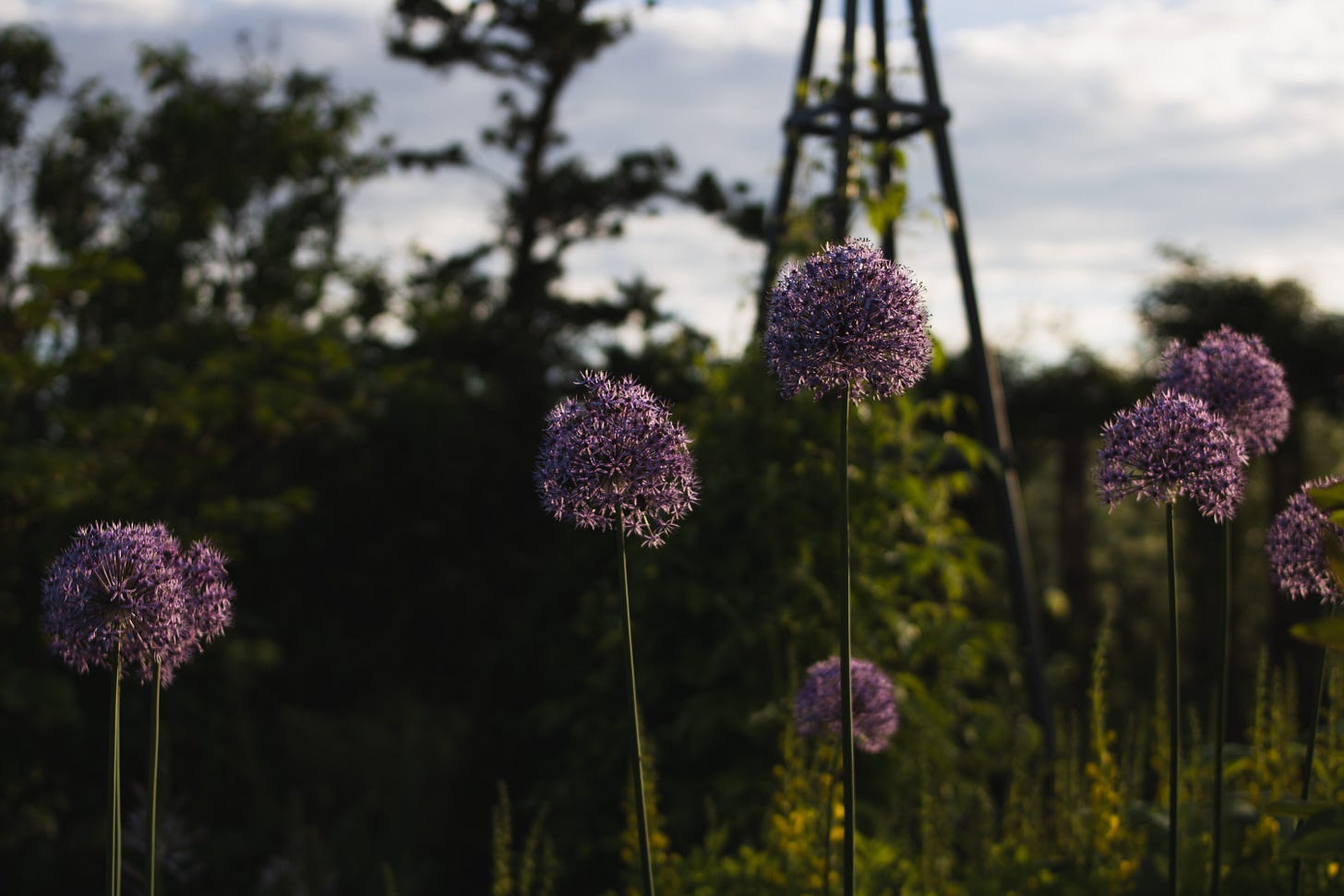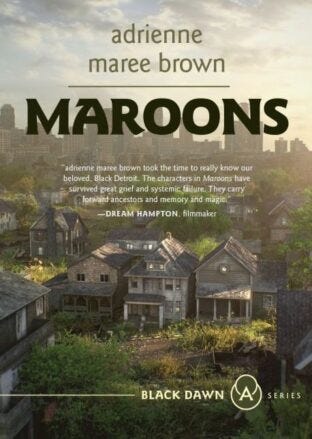The Eco-Update #13
Dispatches from the planet.
Urban Greenspace: Benefits and Preceptions
A recent study found that exposure to greenspace in urban environments is associated with reduced feelings of social deprivation. The study adds to a well-established body of evidence supporting the mental health benefits of living near greenspaces, not to mention the many physical health benefits as well.
In fact, a separate recent study found promising evidence that green roofs eliminate microplastics in urban environments, reducing deposits by as much as 97% and thereby playing an important role in mitigating urban pollution.
In light of these benefits, another study reported some very interesting results. Performing a case study in Melbourne, Australia, the authors found that post-COVID-19 lockdowns, community members reported more negative beliefs about trees in urban areas than during the lockdowns, and also viewed them as less important components of urban environments.
How can we reconcile these findings with those of the other studies? I think the answer lies in the study design. The Melbourne study was not longitudinal, in that it examined urban tree perceptions in the same areas, but not the same individuals over time. This means that the demographics and socioeconomic characteristics of the study area may have changed over time. In fact, I've studied this before and found that both socioeconomic and demographic factors are often associated with the quality and quantity of urban forests.
Another possibility is that people viewed urban greenspaces more positively during the COVID-19 lockdowns because of how much time they had to spend indoors, boosting the appeal and importance of local greenspaces during the pandemic, but not afterwards.
In any case, studies like these are critical for understanding how people relate to their environments, because those relations are key to the fates of those environments.
Combining Indigenous Knowledge with western science improves ecological understandings
A new study in Ecology and Society used a combination of Inuit harvesting reports with aerial surveys to extend the timeline of light goose population dynamics.
The "light goose" is actually a combined moniker given to two different species (Snow Geese and Ross's Geese). Light geese migrate to the Arctic tundra every spring to breed, and they're growing populations since the 1970s are reducing vegetation biomass and diversity in the region.
With the combined aerial surveys and interviews with Inuit harvesters, the study authors found that light geese population increases have been occurring since the 1940s, and that the geese are changing their breeding and foraging sites in response to the environmental impacts of climate change.
The findings also support the increasing recognition that Traditional Ecological Knowledge enhances our scientific understanding. The complexity of ecology makes generalizations difficult, highlighting the need for place-based research and contextualized frameworks.
In The News
Droughts continue to worsen globally, threatening millions with starvation
A critically endangered eastern bongo calf was born at the Houston Zoo
Antarctic summer sea ice is at record lows, causing cascading effects
Hey, thanks for reading Brief Ecology. Here's a free e-book about communicating the science of climate change.
Something you can do: 🔗For The People Libraries (a leftist library project)
What it is: A project aimed at getting more leftists on local library boards.
What they do: Identify, recruit, train, and support candidates for appointment on local library boards around the US
Why you should join: Libraries are a pillar of our society, but they need constant protection from reactionary attacks. For The People has many different ways you can help, from training to join your local board, or supporting their logistics.
Eco-fiction Review: 🔗 Maroons by adrienne maree brown
I recently read the second book in adreinne maree brown's Grievers series, titled Maroons, from AK Press. The novel continues the story of Dune, the main character from the first novel who has to learn to navigate an epidemic-stricken Detroit. The disease renders its victims catatonic with grief (hence the name Grievers), and apparently only affects the Black community.
Maroons picks up the story in a Detroit that is post evacuation. They city is empty (mostly), and we find Dune dealing with near unbearable loneliness. In this way, the novel is extremely introspective. It bears many genre tropes (strange disease, post-apocalyptic world, botanic magic), but these details fade far into the background in a story that foregrounds its characters struggles with the legacies of inequality and oppression in a changed world.
Maroons isn't a traditional horror novel. It's quiet, but also loud. It's about race, sex, gender, love, family, community, and geography. And it's worth a read.







That Melbourne study about perceptions of urban trees is fascinating! Thanks for drawing my attention to it. I agree with you—I think it likely that they're actually measuring a drop-off in appreciation after an uncharacteristically high period of appreciation during lockdown. Just shows you how changeable people's attitudes can be and how short people's memories are!